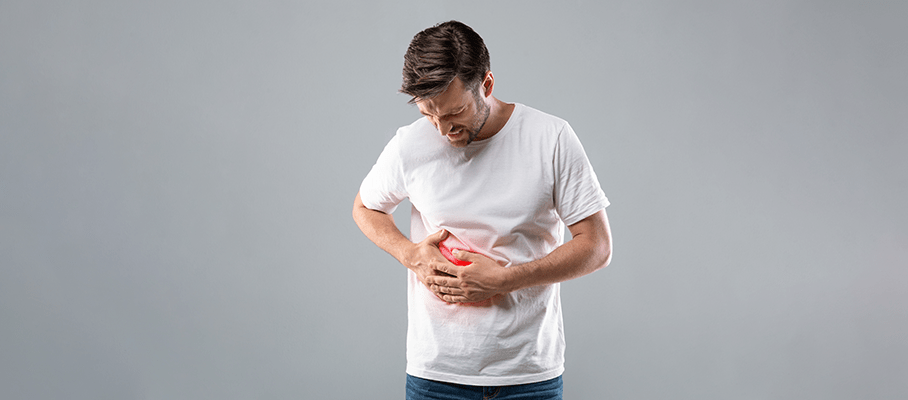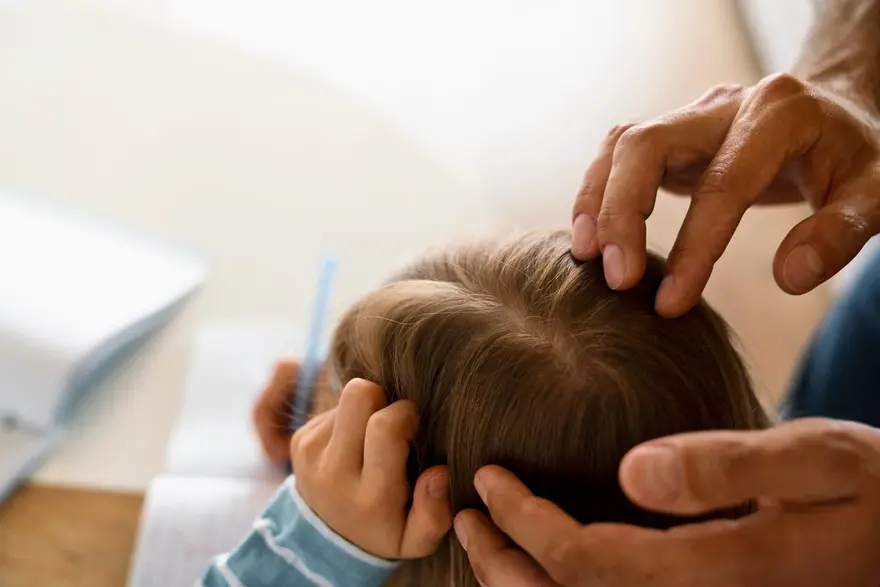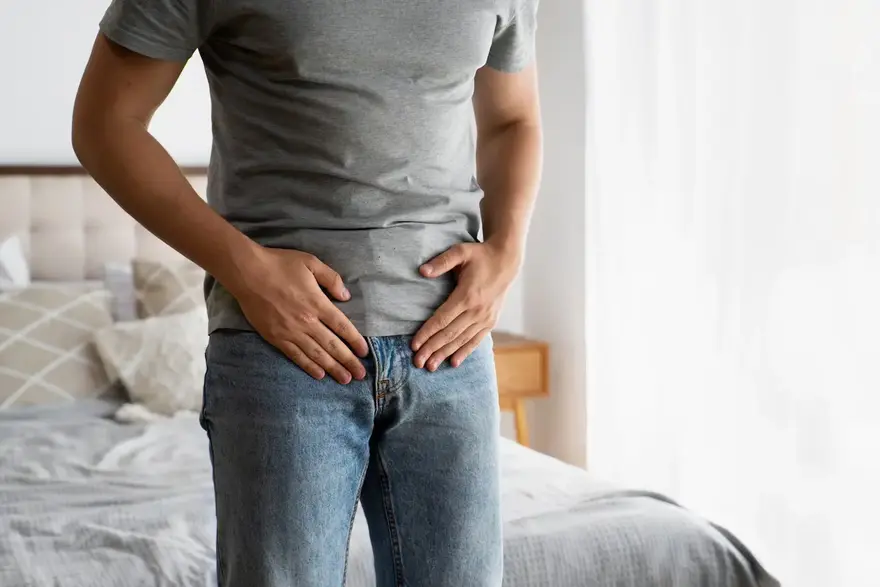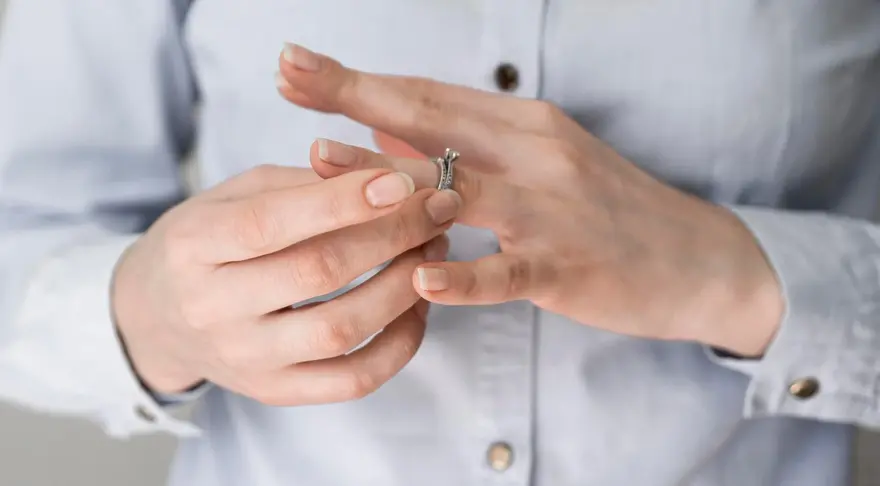Disease
Gallstones inside out: Causes, Diet and Treatment
4088 Views
0

Gallstones are stone-like hard materials that develop in the gallbladder, a small pear-shaped organ tucked up under the liver and on the right side of your abdomen. The gallbladder stores a digestive fluid called bile that's dispensed into your small intestine. Bile is a green-yellow colored mixture of cholesterol, bilirubin, bile salts and lecithin that helps digest fats in the food you eat.
Gallstones are often made of cholesterol or bilirubin, a waste product which your body makes during normal breakdown of red blood cells.
There are two types of gallstones:
- Cholesterol gallstones are made up of excess cholesterol and are yellow-green in color. These are most common, making up 80% of gallstones.
- Pigment gallstones are made up of excess bilirubin and are smaller and darker in color.
The size of gallstones can vary from a tiny grain of sand to a large golf ball. Interestingly, larger stones tend to remain quietly in the gallbladder whereas small stones can cause the most trouble as these can get stuck in the bile ducts after leaving the gallbladder. Many people who have gallstones are never bothered by them and might not know that you have them until they block a bile duct, causing pain and complications that need immediate medical attention. Treatment options often involve minimally invasive surgery to remove the gallstones, and sometimes cholecystectomy surgery to remove the gallbladder. Silent gallstones which are routinely asymptomatic, don't need treatment.
Possible causes of gallstones
The actual cause of gallstones isn’t clear. Gallstones are thought to develop when the chemicals inside the gallbladder are out of balance.
Here are a few possible reasons that can cause chemical imbalance:
Excessive cholesterol in the bile
Generally, the bile contains an adequate amount of chemicals to dissolve the cholesterol made by your liver. When the liver excretes extra cholesterol, your bile can’t dissolve it all. Then the excess cholesterol might form crystals and eventually into yellow cholesterol stones.
Check out your cholesterol levels with the comfort of your home.
Excessive bilirubin in the bile
Certain conditions such liver cirrhosis, biliary tract infections and certain blood disorders can cause your liver to make too much bilirubin. This excess bilirubin then leads to formation of pigment gallstones.
Bile is secreted by your liver cells. Pay good attention to your liver health. Book test now.
Overly concentrated bile
If your gallbladder doesn't empty wholly or often enough, the bile may become overly concentrated, contributing to the formation of gallstones.
Healthy Dietary changes to prevent gallstones
There is no foolproof way that can prevent gallstones. However, you can lower the risk factors by following some healthy lifestyle and dietary changes. Most of the gallstones are formed from cholesterol; limiting cholesterol in your diet can help prevent the condition.
Keeping your weight within a moderate range through exercise and a nutritionally balanced diet is another way to limit the possibility of gallstones formation. Take advice from your doctor about weight loss and cholesterol management if you have a family history of gallstones.
Follow these tips to improve your condition and reduce your risk of gallstones:
Never skip your meals
Stick to your regular mealtimes every day. Skipping meals is not a good idea as it can cause bile juices build up. This in turn increases the cholesterol levels in your gallbladder. Over time, this can harden into gallstones.
Avoid rapid weight loss
If you are overweight and planning to lose weight, go slow. Risk of developing gallstones is much higher in a rapid weight loss program since losing your weight too quickly will cause a chemical imbalance. It is important to discuss your risks with a doctor, if you are planning a weight loss surgery especially important if you have had stones in the past. It is common for gallstones to occur more than once.
Include high-fiber foods in your diet
Eat more fiber-rich foods, such as fruits, vegetables and whole grains to get proper amount of fiber per day. Women should aim for at least 21- 25 grams of fiber a day and men should eat 30-38 grams a day.
Eat more healthy fats
Include more healthy fats like nuts, fish oil and olive oil in your diet. This may help empty your gallbladder on a regular basis.
Exercise regularly
Get some sort of physical activity every day. Aim for at least 150 minutes of moderate exercise per week (such as walking, cycling).
Finding and treating gallstones
The most common technique to spot gallstones is an ultrasound examination. Post diagnosis, your doctor will devise a treatment plan.
No treatment is required if your gallstones aren’t causing any symptoms. You’ll only need a surgery if a stone blocks one of your bile ducts and is causing severe lower abdomen pain or complications, such as jaundice, acute pancreatitis, cholecystitis (inflammation of gallbladder) or cholangitis (inflammation of bile ducts). If you have any blood disorder, your doctor may consider cholecystectomy as a precaution, even if there are no symptoms. In rare cases, if a person is at high risk for surgery complications, other non surgical methods like medications may be used.
Surgical treatments
The most common surgical treatment for gallstones is removal of the gallbladder, called cholecystectomy. There are two types of cholecystectomy:
Laparoscopic cholecystectomy
Laparoscopic cholecystectomy, also known as minimally invasive procedure, is the most common surgery for gallstones. This procedure uses several small incisions instead of one large one. A narrow, flexible tube with a camera and a light called laparoscope is passed into your belly through one small incision. Your gallbladder is taken out through another small incision. You’ll usually go home the same day if you have no complications.
Open cholecystectomy
In this procedure, your surgeon will make a large incision on your belly to take out your gallbladder. People who undergo open surgery need to stay in the hospital for a few days afterward. This surgery is typically performed in patients having a bleeding disorder or severe gallbladder disease or late term pregnancy. This surgery may also happen if experiencing difficulties during a laparoscopic cholecystectomy.
For both types of surgery, patients will be given general anesthesia. So that they won’t feel any pain while it’s being done. If the gallstones are present in your bile ducts, your doctor may use endoscopic retrograde cholangiopancreatography (ERCP) to find and remove them before or during surgery.
Nonsurgical treatments
There are a few nonsurgical ways of removing gallstones that doctors can try on patients that can’t undergo surgery.
Ursodeoxycholic acid therapy
It typically includes use of ursodeoxycholic to break up gallstones. This treatment is best suited for breaking up gallstone made of cholesterol and may take many months or years to effectively dissolve the stone. This treatment is also known as oral dissolution therapy.
Shock wave lithotripsy
Lithotripsy is another nonsurgical option. A lithotripter is a machine that generates ultrasonic shock waves. These shock waves can break gallstones into smaller pieces that can pass safely through a person’s stools.
The takeaway
Gallstones are not fatal; but they can cause many complications that could be life threatening, particularly in people who are already in poor health. Fortunately, deaths from gallstones are very rare.
Gallstones can be easily treated with a gallstone or gallbladder removal surgery and it's possible to lead a normal life without a gallbladder. You can still digest your food without a gallbladder. Your liver will still produce bile, but bile will no longer go through the gallbladder, it will drip into the small intestine. You might experience symptoms of diarrhea after gallbladder removal, but the laxative effect should resolve on its own for most people. So, If you have been diagnosed with gallstones and advised to undergo surgery to remove them or your gallbladder, the prospective is often positive.























 WhatsApp
WhatsApp
